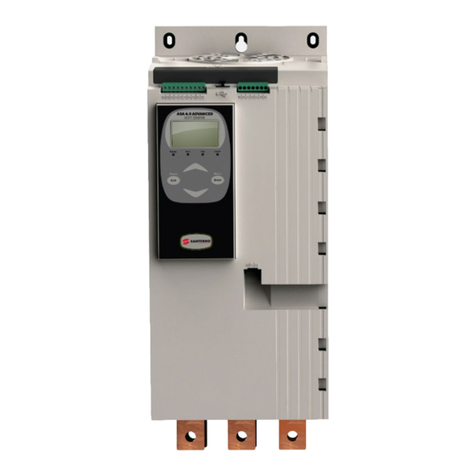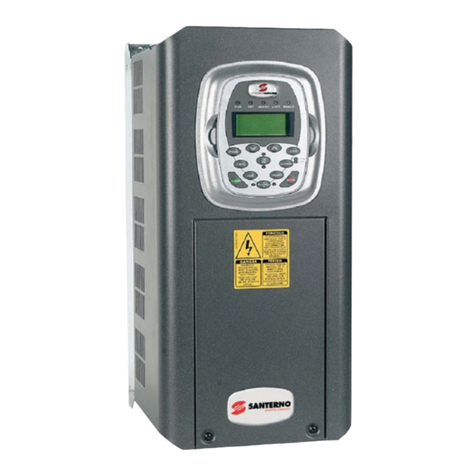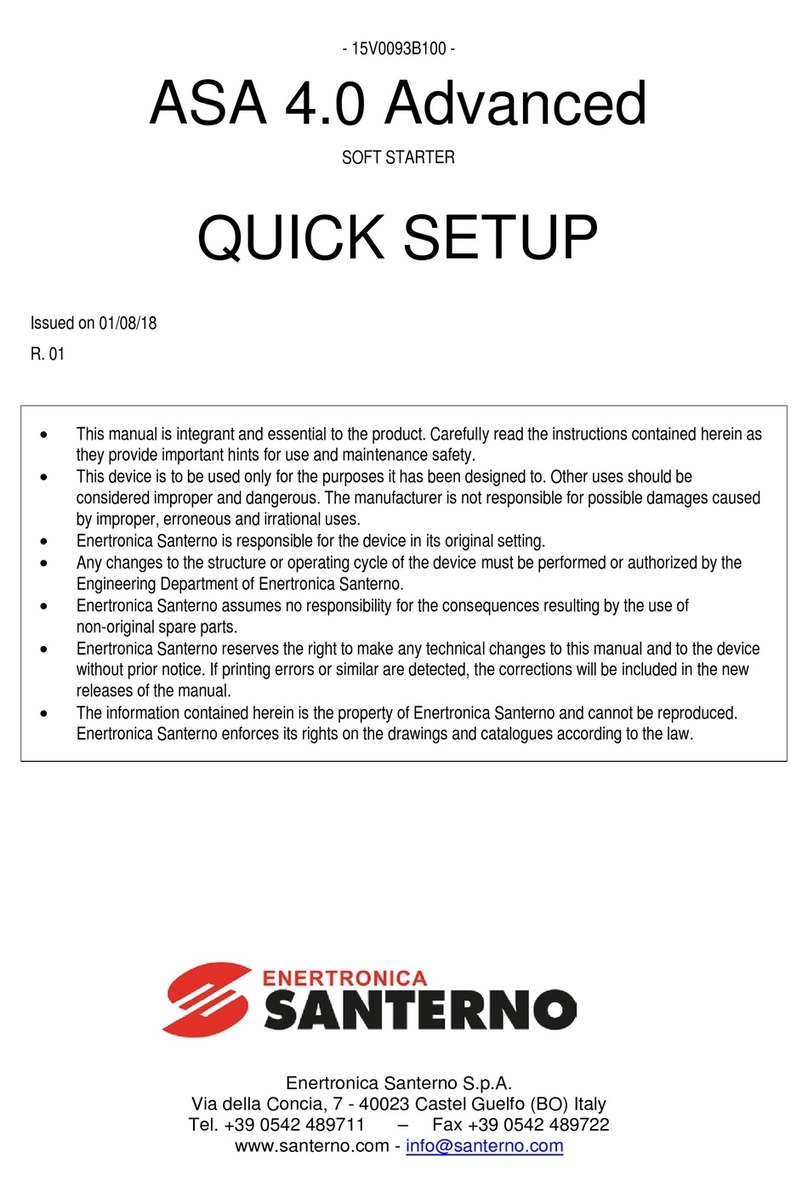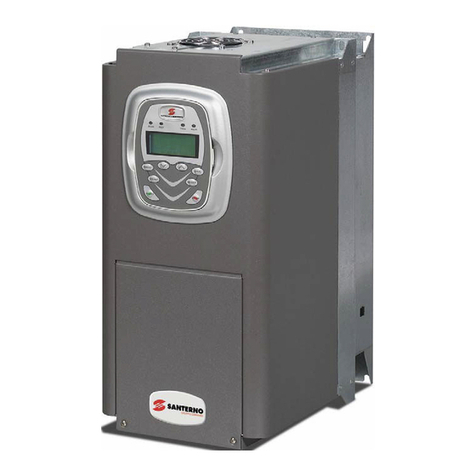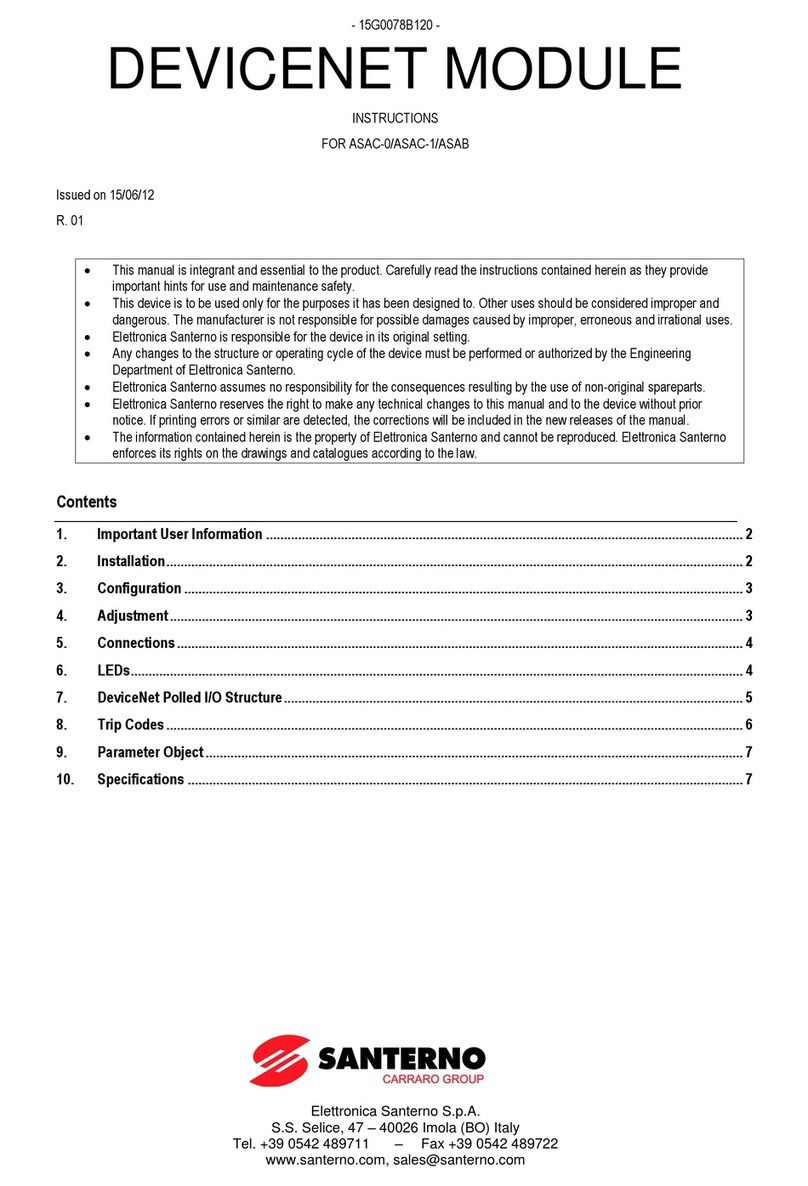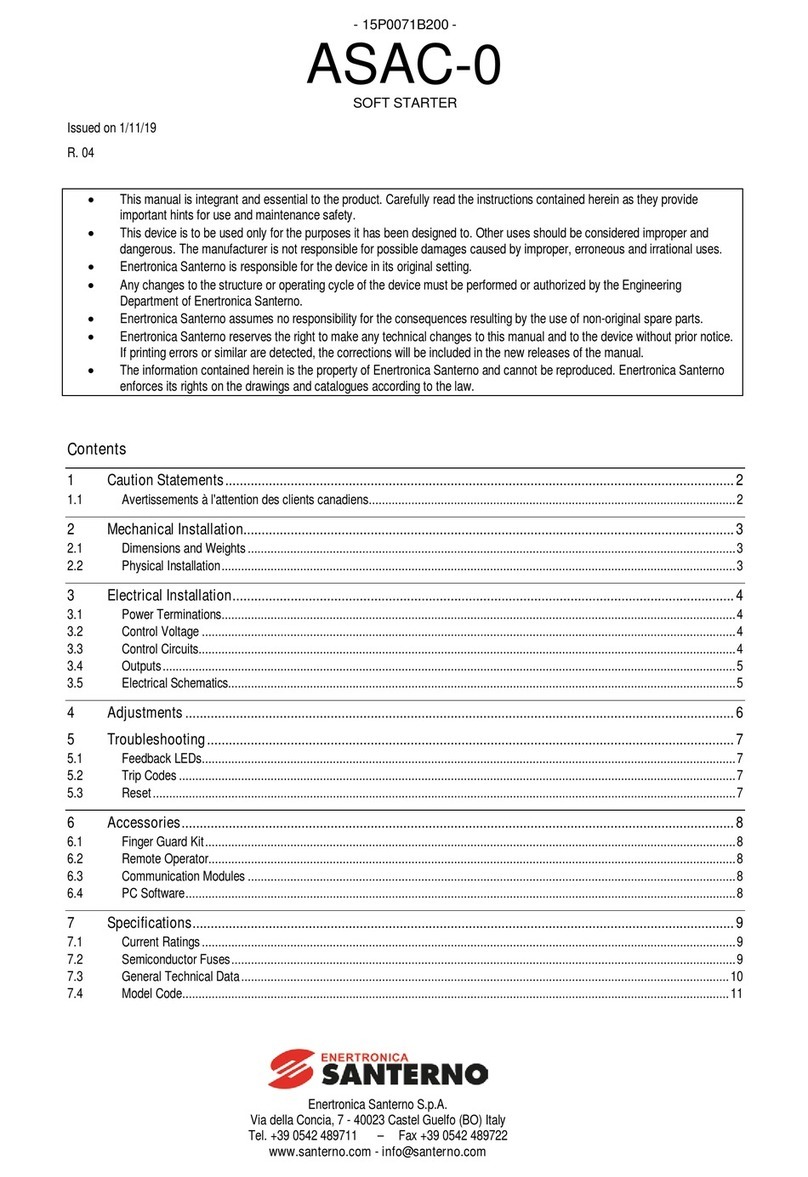(2) Wiring
Do not connect a power factor correction capacitor, surge suppressor, or RFI filter to the output of the
inverter.
The connection orientation of the output cables U, V, W to the motor will affect the direction of rotation of
the motor.
Incorrect terminal wiring could result in the equipment damage.
Reversing the polarity (+/-) of the terminals could damage the inverter.
Only authorized personnel familiar with inverter should perform wiring and inspections.
Always install the inverter before wiring. Otherwise, you may get an electric shock or have bodily injury.
(3) Trial run
Check all parameters during operation. Changing parameter values might be required depending on the
load.
Always apply permissible range of voltage to the each terminal as indicated in this manual. Otherwise, it
could lead to inverter damage.
(4) Operation precautions
When the Auto restart function is selected, stay away from the equipment as a motor will restart
suddenly after an alarm stop.
The Stop key on the keypad is valid only when the appropriate function setting has been made. Prepare
an emergency stop switch separately.
If an alarm reset is made with the reference signal present, a sudden start will occur. Check that the
reference signal is turned off in advance. Otherwise an accident could occur.
Do not modify or alter anything inside the inverter.
Motor might not be protected by electronic thermal function of inverter.
Do not use a contactor on the inverter input for frequent starting/stopping of the inverter.
Use a noise filter to reduce the effect of electromagnetic interference. Otherwise nearby electronic
equipment may be affected.
In case of input voltage unbalance, install AC reactor. Power Factor capacitors and generators may
become overheated and damaged due to potential high frequency noise transmitted from inverter.
Use an insulation-rectified motor or take measures to suppress the micro surge voltage when driving
400V class motor with inverter. Amicro surge voltage attributable to wiring constant is generated at
motor terminals, and may deteriorate insulation and damage motor.
Before operating unit and prior to user programming, reset user parameters to default settings.
Inverter can easily be set to high-speed operations, Verify capability of motor or machinery prior to
operating unit.
Stopping torque is not produced when using the DC-Brake function. Install separate equipment when
stopping torque is needed.
(5) Fault prevention precautions
Provide a safety backup such as an emergency brake which will prevent the machine and equipment
from hazardous conditions if the inverter fails.
(6) Maintenance, inspection and parts replacement
Do not conduct a megger (insulation resistance) test on the control circuit of the inverter.
(7) Disposal
Handle the inverter as an industrial waste when disposing of it.
